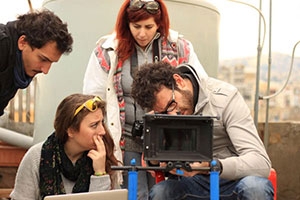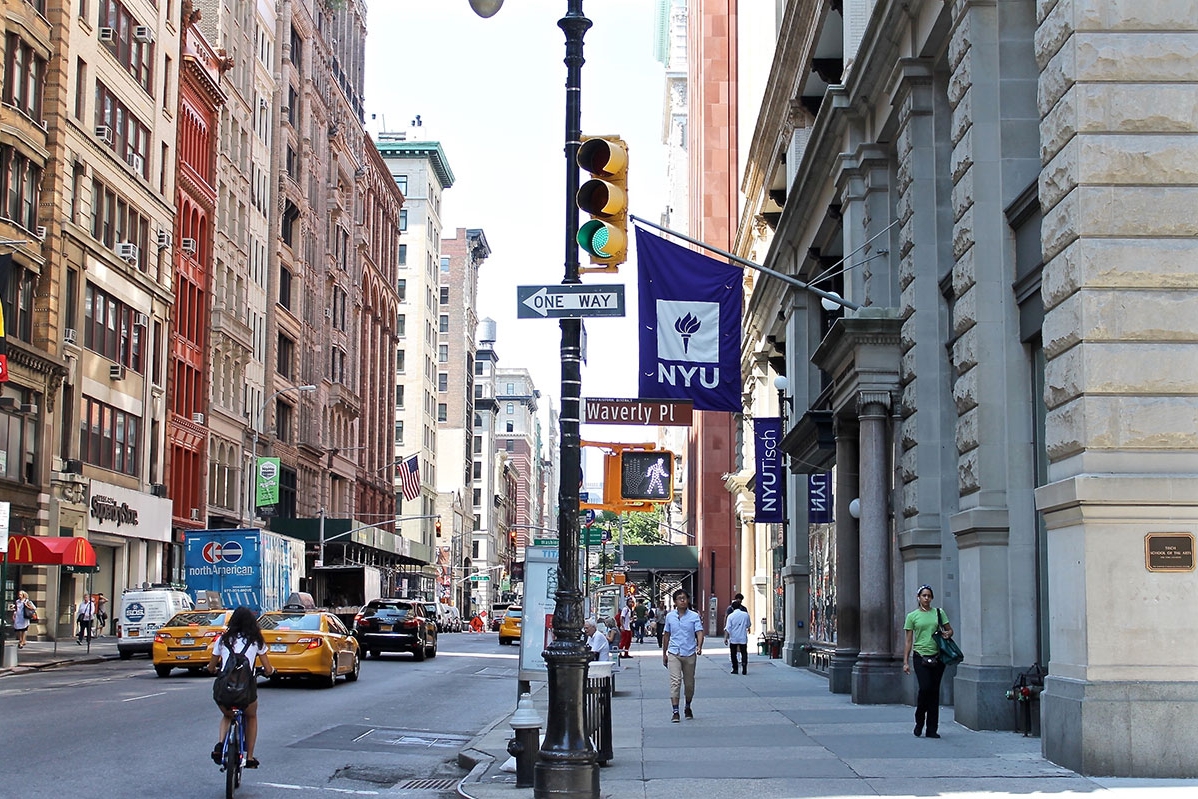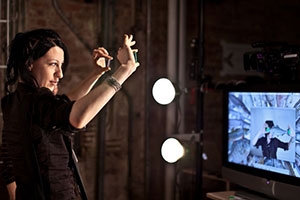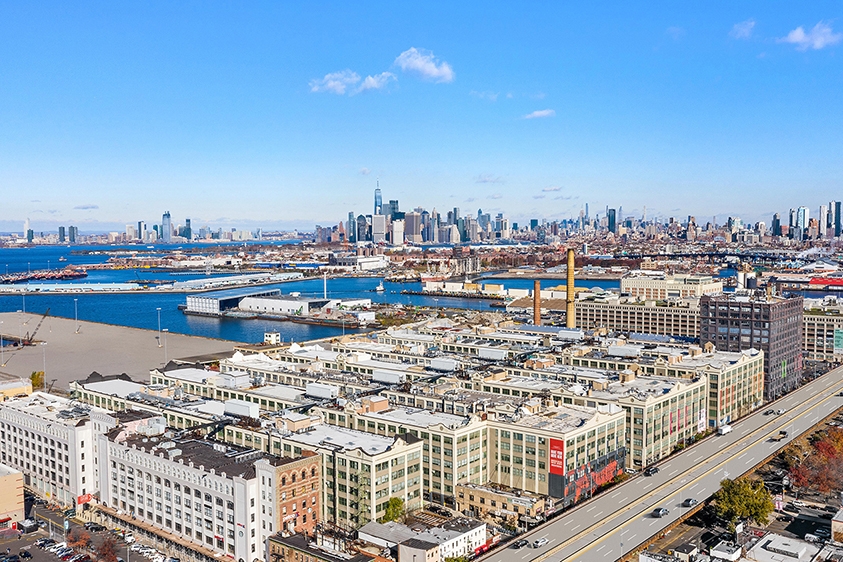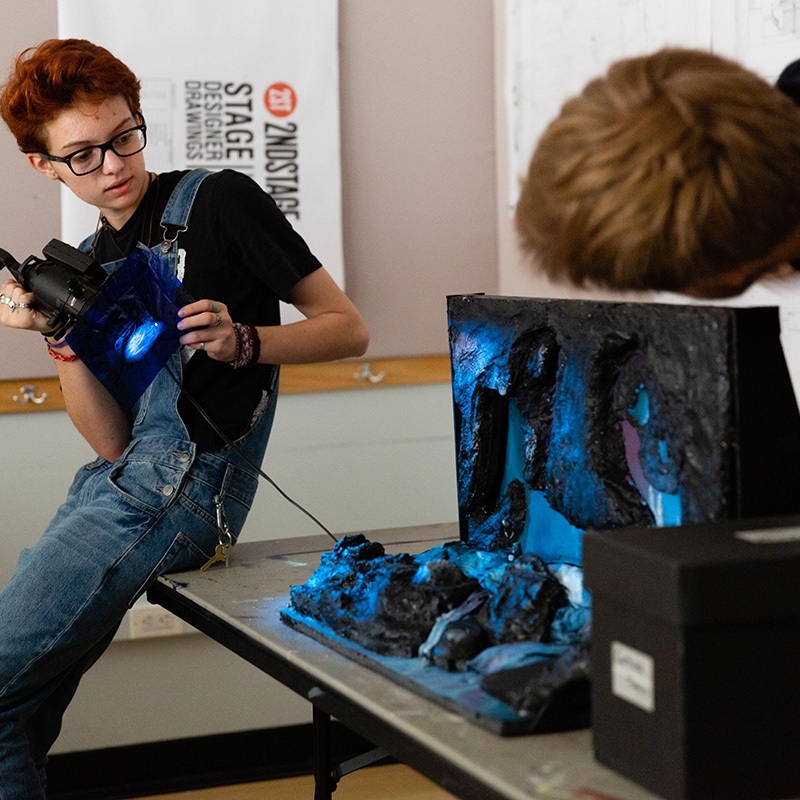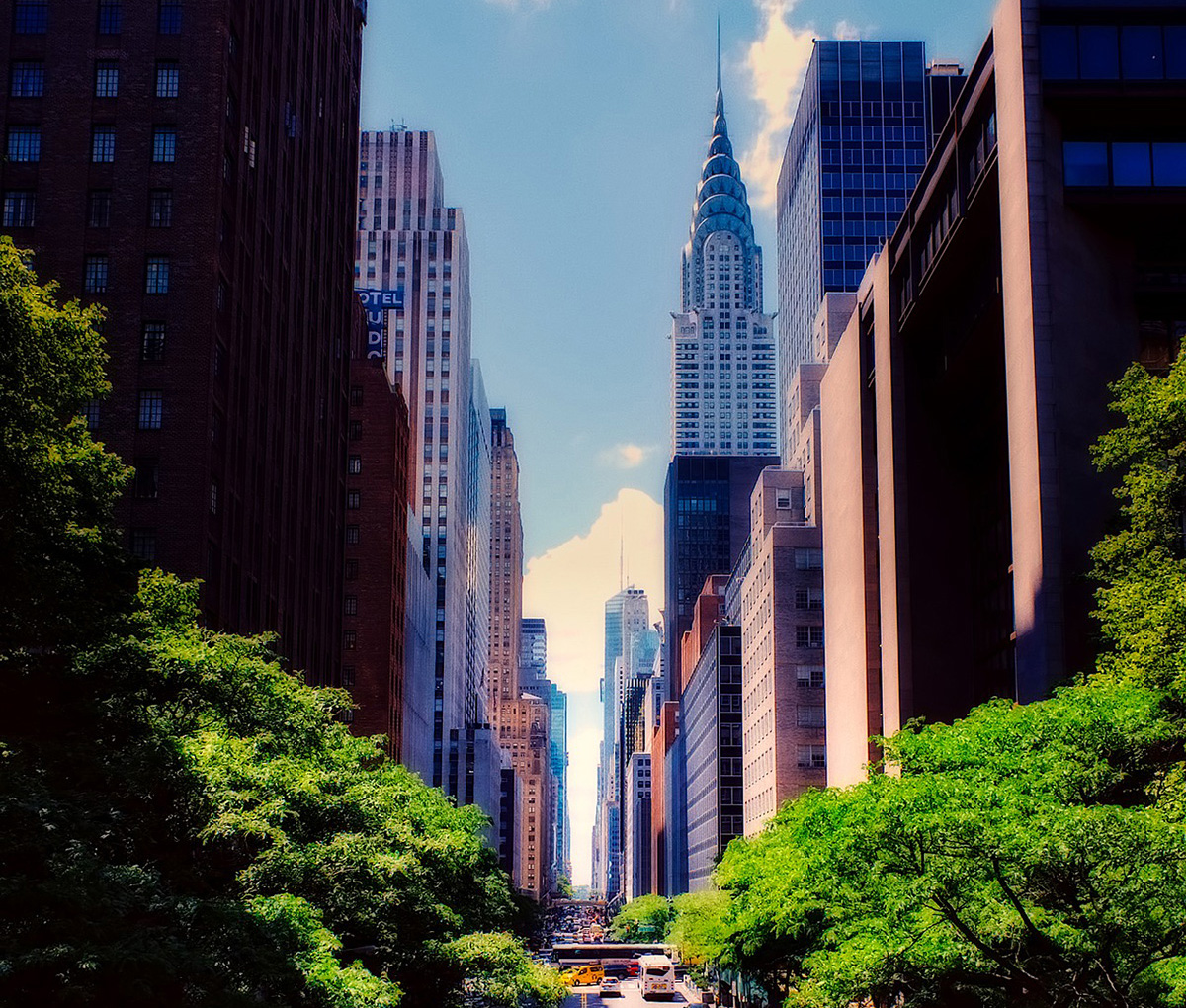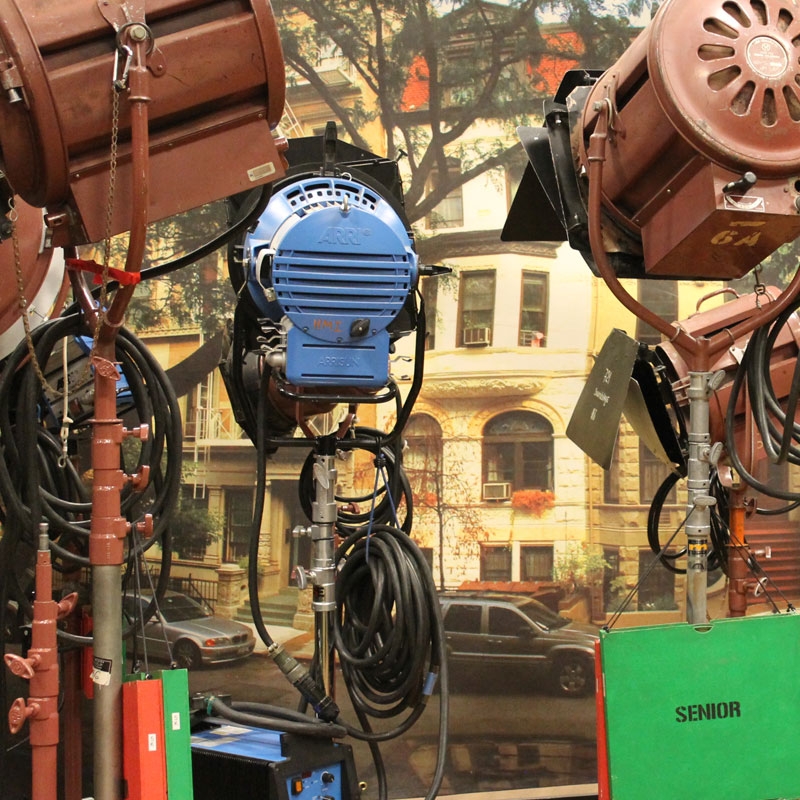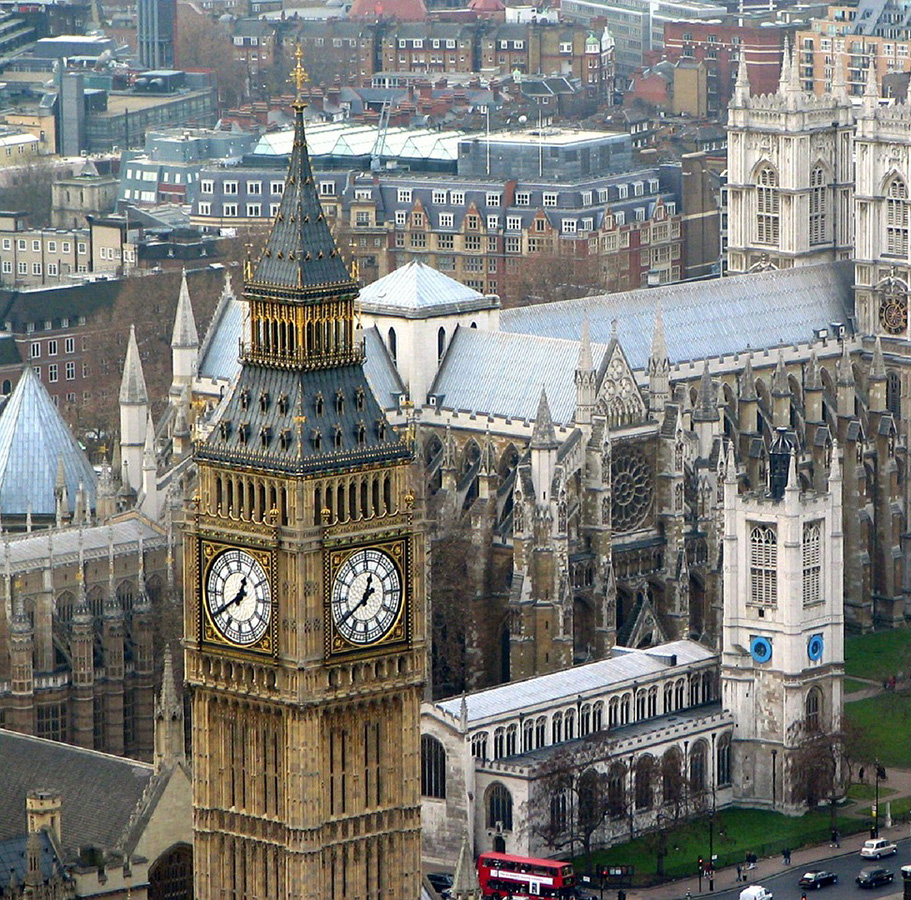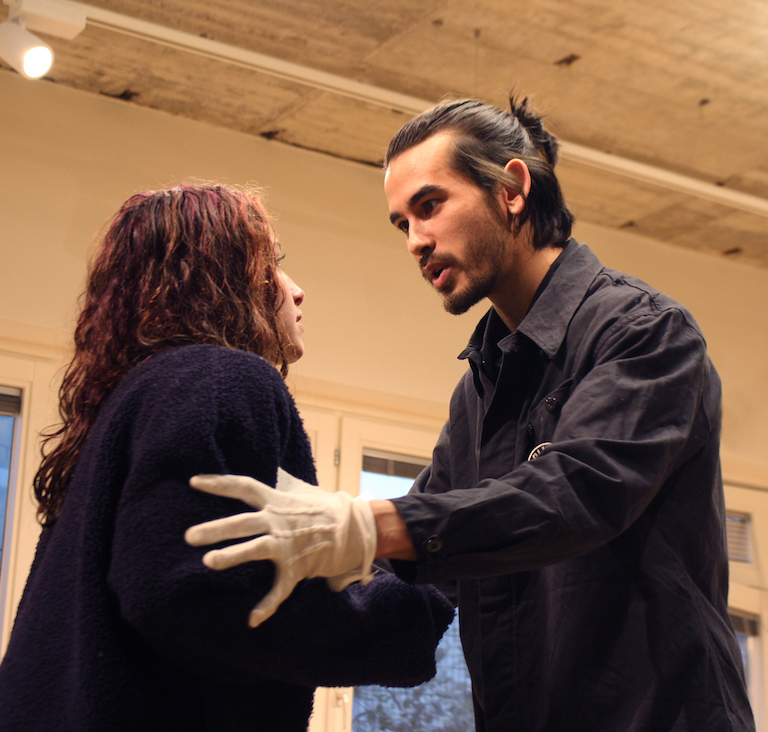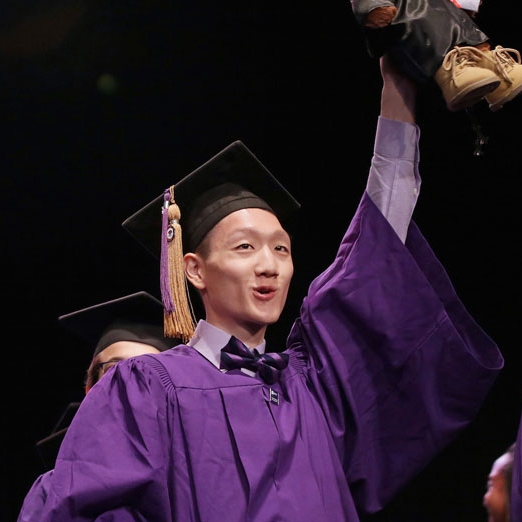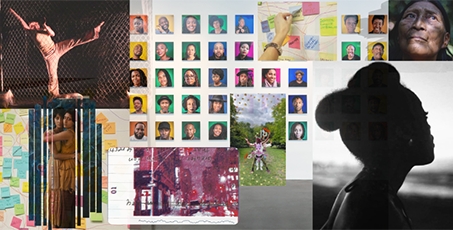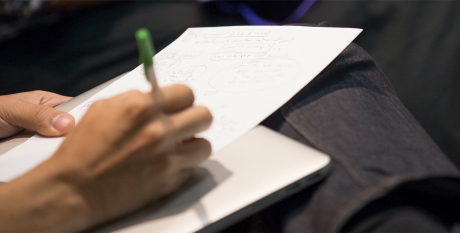Not Offered Fall 2017
Prerequisites: Social and Aesthetic History of Photography.
Digital technology today allows the combination of still images and moving images with unprecedented ease. As a result, the boundaries that once existed between still photographers, filmmakers, and videomakers are becoming increasingly blurred. By examining a wide range of visual materials, both historic and contemporary, this class will attempt to understand the changing relation between the still photographic image and the moving image. We will concentrate on three major areas:
1. We will examine the rarely seen films made by celebrated still photographers such as Paul Strand, Man Ray, Laszlo Moholy-Nagy, Robert Frank, William Klein, Henri Cartier-Bresson, Helen Levitt, and Susan Meiselas.
2. We will consider a number of classic films and videos that make innovative use of the still photograph, the freeze-frame image, and the static camera. These filmmakers include Dziga Vertov, Agnès Varda, Jean-Luc Godard, Federico Fellini, Andy Warhol, Chris Marker, Hollis Frampton, Bill Viola, and James Benning.
3. We will discuss a selected group of contemporary artists whose work imaginatively embraces both still photographs and moving images. These artists include Isaac Julian, Douglas Gordon, Lorna Simpson, Stan Douglas, Eyal Sivan, Tracey Moffat, and David Claerbout.
Throughout the class, we will explore an unusually wide range of visual materials: still photographs, photo books, feature films, avant-garde films, documentaries, and artists' films and videos. Class readings will introduce a range of critical approaches to the relation between the still and moving image, and will also highlight key works and visual innovators.
Christopher Phillips is the curator at the International Center of Photography, New York. He has formerly been senior editor at Art in America. He was also the curator of the 1998-99 traveling exhibition Voices at Witte de With, Rotterdam; Fundacio Miro, Barcelona; and Le Fresnoy, Tourcoing, France as well as the co-editor of the exhibition catalogue, published by Witte de With, Rotterdam. Christopher was also the author of Steichen at War (1981); coauthor of The New Vision: Photography Between the World Wars (1989); and editor of Photography in the Modern Era: Documents and Critical Writings(1989). He has had articles published in October, Art in America, Guggenheim Magazine, and Plaszm. He was part of the curatorial team that organized the exhibition Cosmos: From Romanticism to the Avant-Garde at Musee des Beaux-Arts, Montreal and which also traveled to Barcelona and Venice. Christopher has also published an article on the Viennese electronic art group, Granular Synthesis ("Machine Dreams," Art in America Nov. 1999) and a report on the Istanbul Biennial ("Band of Outsiders," Art in America, Apr. 2000).
